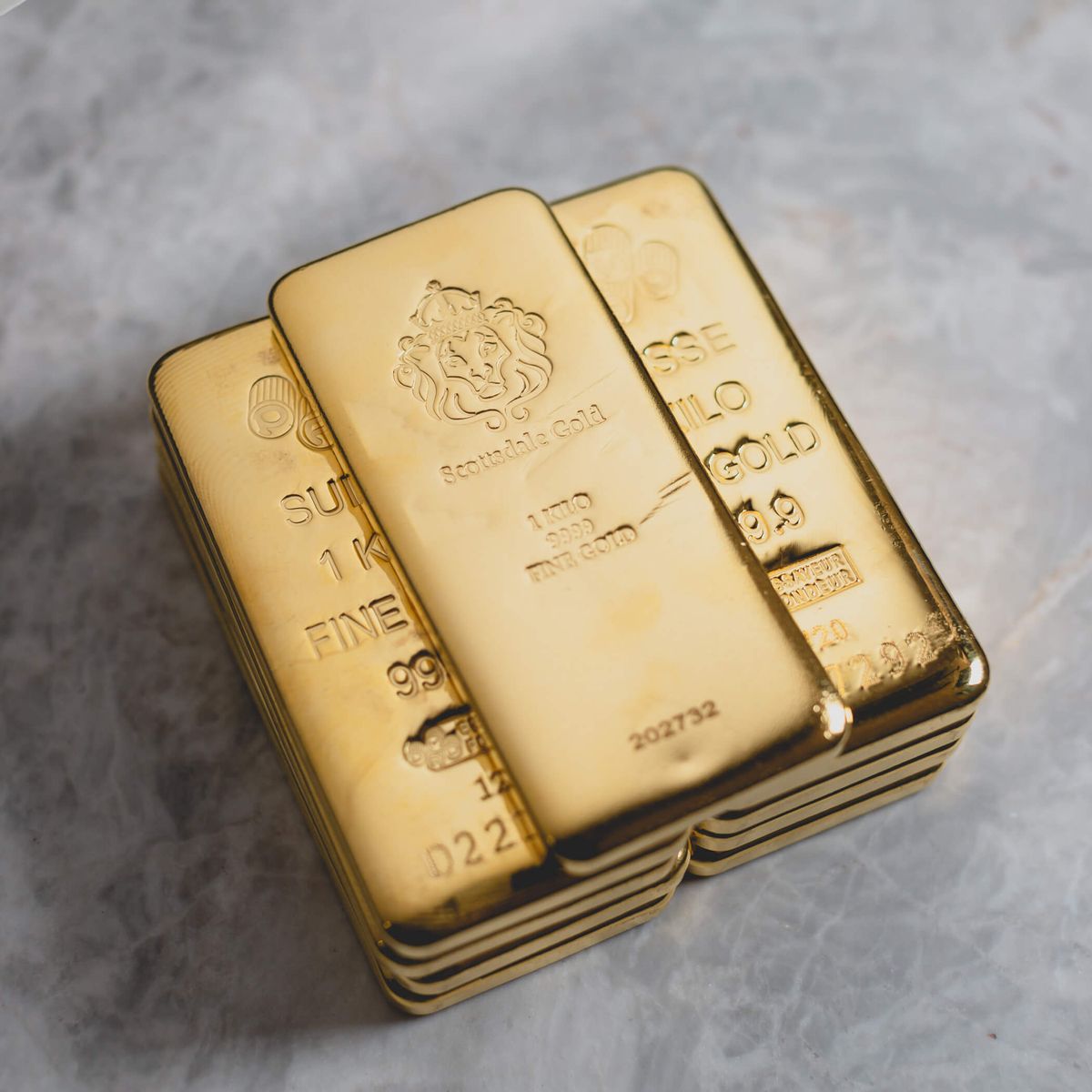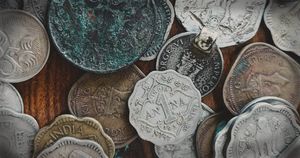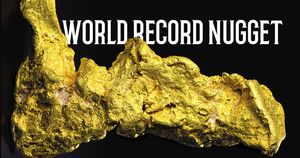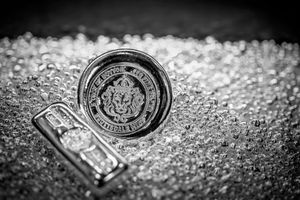Humans have been processing gold for more than two thousand years and likely admiring the brilliant, fascinating yellow metal for thousands more. From nearly the beginning of human society, physical gold has been a symbol of wealth and power; kings adorned themselves with gold crowns and scepters to command respect and display magnificence. Today, successful investors buy gold as a means of protecting their wealth — but the feelings of magnificence remain.
Many investors choose to place a portion of their net worth in precious metals like gold, which gains and loses value independently of another physical asset or investment. However, considering the cost of gold and the variety of options for investment, it can be intimidating to get started in gold investing. This beginner’s guide to gold investing and gold prices should help investors take their first steps toward securing their fortune using this beautiful and iconic metal.
Beginners Guide to Gold Investing by Scottsdale Mint
Why Should You Invest in Gold?
In ancient times, physical gold was valuable because it was eye-catching, malleable, and non-reactive, which allowed the metal to be shaped easily into jewelry, coins, and other items. Plus, the difficulty it took to extract the metal meant that those with gold adornments were wealthy and powerful. Gold maintained its high-value status through the centuries to the modern-day. Even though we now know of rarer metals with similar properties, gold claims a social significance that is almost impossible to shake.
The reliability of the value of gold is what makes the substance such a useful investment tool. In times of economic instability, and certainly during times of currency inflation, this physical metal is an excellent way for investors to protect their wealth and gain a sense of financial security.
The price of gold is determined by the interplay between supply and demand. Roughly 50% of the world’s demand for gold is claimed by the jewelry industry, and about 10% is taken by other industrial applications, like dentistry and tech gadgets. The remaining 40% of gold demand is determined by physical investors, who sell and buy gold bullion bars and coins as financial tools.
Types of Gold Investments
Because gold has been valuable for millennia, investors have developed ways to benefit from gold investment, such as:
Physical gold. Collectible gold coins and bullion, like those available from Scottsdale Mint, provide direct exposure to the market and a tangible asset, which is important for many investors.
Jewelry. Jewelry with sufficient gold content — 14-karat or higher — is worthy of investment, but most jewelry tends to be marked up due to design and other expensive elements, like precious stones.
Gold certificates. Certificates represent ownership of a quantity of gold. Unfortunately, certificates are only as good as the company that backs them, and they are almost impossible to liquidate.
A beginner’s guide to gold investing should also touch on the financial products related to gold, like gold futures, gold mining stocks, and gold ETFs. Markets that deal in these products often charge management and trading fees, and the products themselves typically offer indirect exposure which can be affected by other factors, like company behavior or the performance of other commodities. Still, financial products can give beginners exposure to more gold at a lower upfront cost than physical gold investment pieces, allowing them to save up for their first real piece of gold.
Where to Buy Gold
Though gold is slightly less susceptible to counterfeiting than other precious metal products, like silver and platinum, it is important that investors only make purchases of gold products from trustworthy sources and coin dealers. This beginner’s guide to gold investing touches on two common sources of gold:
Individuals. Person-to-person trading can be a good way to get physical gold at a lower cost, but there is a much higher risk of being scammed, especially for beginner investors who might not be able to differentiate between real and fake gold.
Bullion dealers. Established bullion dealers do the difficult work of sourcing and authenticating gold pieces to make investment easier and more fun. Scottsdale Mint is both a mint and a gold bullion dealer with a reputation for producing some of the most secure precious metal products, including gold bars, gold coins, and gold rounds. Dealers can operate both online and in physical stores.
How Much Gold to Invest in
One of the most important questions for a beginner’s guide to gold investing and gold markets to answer is how much of an initial investment you should place in precious metals like gold. In truth, there are many different ways to operate as a precious metal investor, and different investors will feel more comfortable with differing amounts of gold in their investment portfolio. The general advice suggests anywhere between 10 and 20% of one’s net worth be stored in an inflation hedge, like gold.
Gold Investments from Scottsdale Mint
Scottsdale Mint is one of only a few operating mints in the United States, and one of the only mints in the world to produce highly intricate investment-worthy gold pieces, like the stunning 2021 Gibraltar Lady Justice 1 oz gold coin. All precious metal products from Scottsdale Mint are backed by a 100% guarantee on their weight, purity, and precious metal content, which gives all levels of gold investors greater confidence in their purchases.
If you’re interested in starting your investment portfolio after reading this beginner’s guide to gold investing, reach out to Scottsdale Mint’s helpful customer service team for more information on the gold industry.





